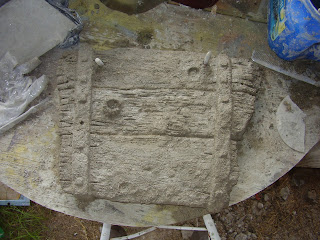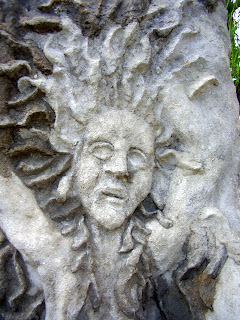I accidentally deleted this post. I'd written that I'd run out of ready mix joint compound and substituted some powdered joint compound, and was pleased with how it handled. It also allowed me to thoroughly mix the joint compound in, which is difficult when using ready mix. When using ready mix joint compound, I add water to the sand, cement, and cellulose insulation, then add a glob of joint compound, squeezing and mixing as thoroughly as possible. Using the powder I can just add the joint compound to the dry mix and mix it in with a drill bit. I was surprised that the powder gave the mix a similar "clay-like" quality to that mixed with ready-mix. I'd made small batches that day, using a two pound coffee can, mixing one can sand, 1/2 can Portland Cement, 1/2 can cellulose insulation, and what amounted to two cups powdered joint compound, and mixed it with an electric drill with a mixer bit. This mix seems to set a bit, especially on a hot afternoon, in the b...




